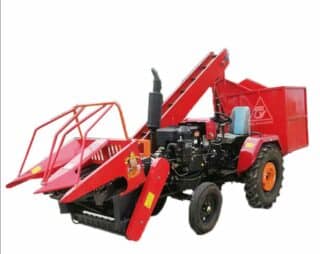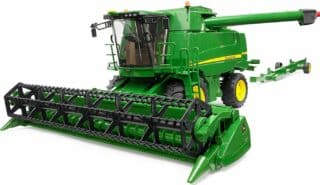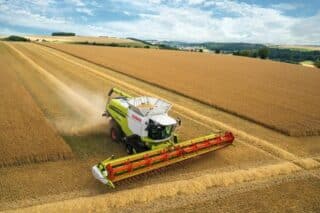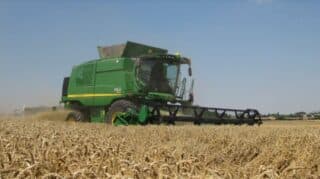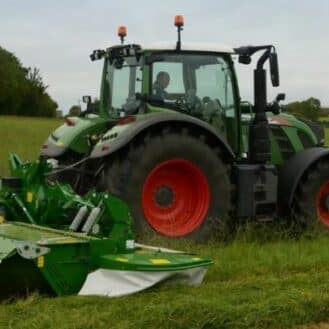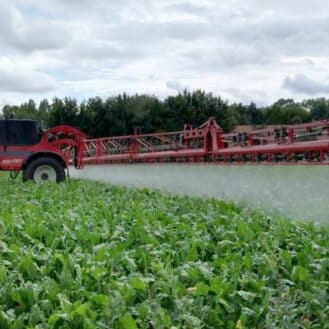Combine harvesters are agricultural machines mainly used to harvest grain crops such as cereals. They allow simultaneous harvesting and threshing. Choosing the right combine harvester can be daunting as there are a number of options available.
You’ll want to take into account your harvest budget and expected profitability in order to best calculate which machine matches your business plan. Choosing the harvester in accordance with the type of grain and straw separation desired is also quite important. In addition to this, you’ll need to consider storage capacity. In this guide, we’ll discuss the following points:
- Combine harvester types
- Area to be harvested
- Calculating the price
- Grain and straw separation
- Storage capacity
- Tires

